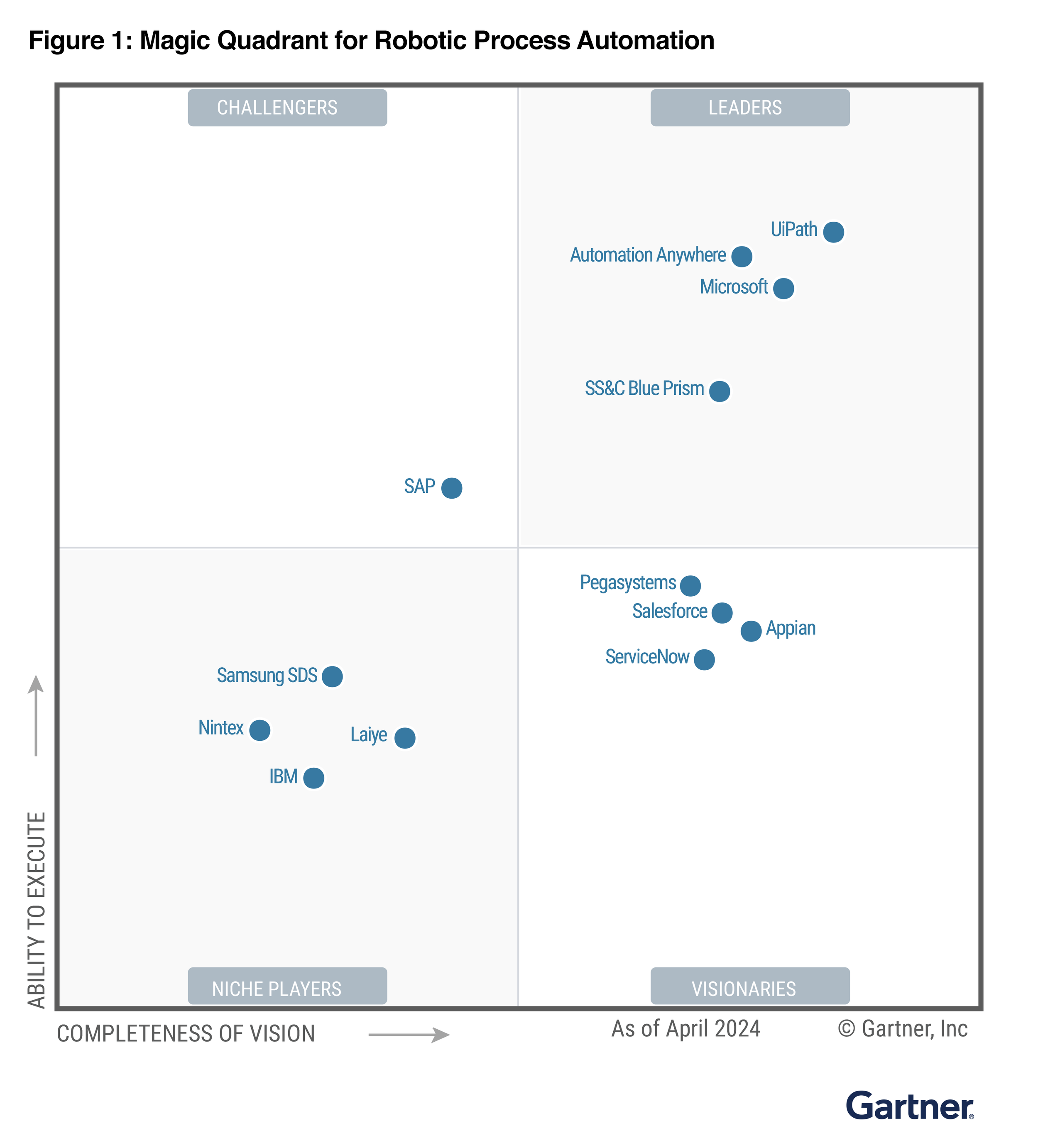
What is RPA?
Robotic Process Automation (RPA) is an innovative technology based on the execution of digital robots for the automation of repetitive business processes.
Why RPA?
RPA technology boosts business efficiency and productivity , automating processes and reducing time, costs and errors.
Digital RPA robots are capable of simulating human labor, accessing all types of systems, freeing up employee time to focus on more strategic and creative tasks.
Advantages of RPA
-
Time savings
Robotic process automation greatly reduces task time because it makes work easier for employees by removing repetitive work. In addition, it performs those repetitive tasks much more efficiently and quickly.
-
Increased profitability
It has been proven that RPA can reduce operating costs by up to 50%, significantly increasing a company's profitability. This is because by combining the work of employees with robots, a greater amount of work can be done in a shorter period of time.
-
Error reduction
RPA follows in detail all the established rules, thus producing 100% accuracy in the processes, avoiding human errors and optimizing the execution of the tasks.
-
Working 24x7
Robots work 24 hours a day every day of the week, which means they are available to perform any task at any time.
-
Easy integration
One of the keys to robotic process automation is its fast and easy integration with different systems and applications, being a non-intrusive automation technology.
-
Increased customer satisfaction
Thanks to the fast response of the robots and their constant readiness, customer satisfaction is pleasantly increased, reducing response times and improving data quality.
-
Increased employee productivity and motivation
Digital or RPA software robots increase employee motivation and productivity because they eliminate all those repetitive and tedious tasks, involving employees in tasks that really add value to the company.
-
Highly scalable
RPA technology is highly scalable and adaptable. It can automate only a small part of the company's processes or it can automate a large part by combining numerous robots working together.
-
Security
RPA is a safe, non-invasive, non-interfering technology that creates a unique robot environment without human contact.
This type of robotics allows continuous monitoring and control of an unlimited number of operations to be carried out, which allows any unusual activity to be quickly monitored and controlled.
Evolve your business.
RPA Results
50% of the cost can be reduced
75% increase in productivity
100% scalability
0% errors
Automate your processes
Increase the value of your staff
Types of RPA robots
-

Attended Robots
Robots that work together with humans, helping to speed up activities and services, but always with human participation.
-

Unattended robots
Robots that work completely autonomously, maximizing performance and profits, without the need for any contact with humans.
Best RPA providers in 2025
What is the best RPA software? What are the best tools in 2025? These are some of the most recurring questions asked today due to the huge growth of this technology. To solve these questions, what better than to show the study of the "Magic Quadrant™ of Gartner® ", updated in April 2024.
Currently, the leaders in this study are UiPath, Automation Anywhere, Blue Prism and Microsoft Power Automate.
At Digital Robots we work directly with the best RPA software to ensure the success of projects and the best possible outcome for customers. Because of this, we work with only the leading software in the market, including UiPath, Microsoft Power Automate and Blue Prism.















